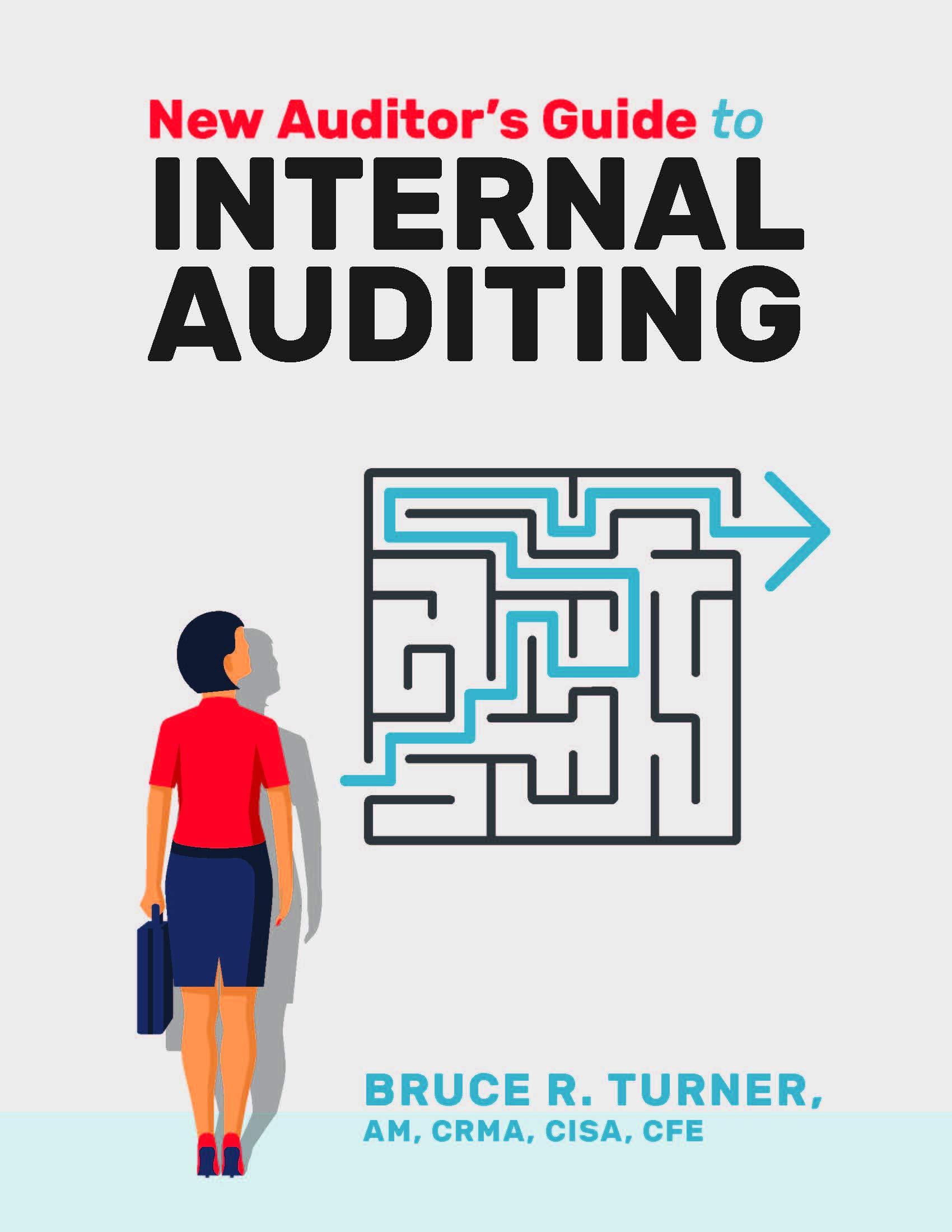TO COMPUTE LINE 79 ON THE CASH FLOW STATEMENT: + Ending Net Fixed Assets (Year 2) + Depreciation/Amort Expense (Year 2) - Beginning Net Fixed Assets (Year 1) = Net Capital Expenditures (Sell Fixed Assets if negative) TO COMPUTE LINE 86 ON THE CASH FLOW STATEMENT: + Ending Net Worth (Year 2) - PAT (on Profit & Loss Year 2) - Beginning Net Worth (Year 1) = New Equity (Distributions if negative) TO COMPUTE LINE 81 ON THE CASH FLOW STATEMENT: Use the Prepaid line on the Balance Sheet for the Increase in Other Current Assets.





RESTAURANT CO. RESTAURANT CO. PROFIT \& LOSS STATEMENT Week 4 PWC Analysis Name: Part I: THE OPERATING CYCLE Year 1 Year 2 Insert answers in the Blue Shade \begin{tabular}{lllrr} Days Receivables & Formula & Days AR = AR/Sales * 360 & 1.8947 & 0.6545 \\ + Days Inventory & Formula & Days INV = Inv/COGS *360 & 9.4736 & 7.3636 \\ - Days Payable & Formula & Days AP = AP/COGS * 360 & 18.9473 & 16.3636 \\ - Days Accrual & Formula & Days ACC = ACC/COGS * 360 & 33.1578 & 32.7272 \\ \hline & = Operating Cycle (in days) & & -40.7368 & -41.0727 \end{tabular} Part II: PERMANENT WORKING CAPITAL Accounts Receivable Get \$ Figure from Financial Statements + Inventory Get \$ Figure from Financial Statements - Accounts Payable Get \$ Figure from Financial Statements - Accruals Get \$ Figure from Financial Statements = PWC ($s) PWC (Difference between two years) Gross Funds Flow (PAT +Depr.) - PWC = Operating Cash Flow (GFF PWC) PART III: ANALYSIS 1. Is the company using too much cash in receivables and inventory? Yes 2. Is the company getting too much cash from payables and accruals - In other words, are there unhappy creditors? Yes 3. Is GFF(PAT + non-cash expenses) sufficient to purchase new PWC each year? Yes - If not, we have to analyze the cash flow statement to determine the other sources of cash which are financing the increase in PWC. Triangle's Standards: Days Receivable Days Inventory Days Payable 45 days 0 days 30 days Days Accrual Days in Cycle \( \quad \begin{array}{r}15 \text { days } \\ \)\cline { 4 - 4 } \\ \hline\end{array} Example from a very similar assignment RESTAURANT CO. RESTAURANT CO. PROFIT \& LOSS STATEMENT Week 4 PWC Analysis Name: Part I: THE OPERATING CYCLE Year 1 Year 2 Insert answers in the Blue Shade \begin{tabular}{lllrr} Days Receivables & Formula & Days AR = AR/Sales * 360 & 1.8947 & 0.6545 \\ + Days Inventory & Formula & Days INV = Inv/COGS *360 & 9.4736 & 7.3636 \\ - Days Payable & Formula & Days AP = AP/COGS * 360 & 18.9473 & 16.3636 \\ - Days Accrual & Formula & Days ACC = ACC/COGS * 360 & 33.1578 & 32.7272 \\ \hline & = Operating Cycle (in days) & & -40.7368 & -41.0727 \end{tabular} Part II: PERMANENT WORKING CAPITAL Accounts Receivable Get \$ Figure from Financial Statements + Inventory Get \$ Figure from Financial Statements - Accounts Payable Get \$ Figure from Financial Statements - Accruals Get \$ Figure from Financial Statements = PWC ($s) PWC (Difference between two years) Gross Funds Flow (PAT +Depr.) - PWC = Operating Cash Flow (GFF PWC) PART III: ANALYSIS 1. Is the company using too much cash in receivables and inventory? Yes 2. Is the company getting too much cash from payables and accruals - In other words, are there unhappy creditors? Yes 3. Is GFF(PAT + non-cash expenses) sufficient to purchase new PWC each year? Yes - If not, we have to analyze the cash flow statement to determine the other sources of cash which are financing the increase in PWC. Triangle's Standards: Days Receivable Days Inventory Days Payable 45 days 0 days 30 days Days Accrual Days in Cycle \( \quad \begin{array}{r}15 \text { days } \\ \)\cline { 4 - 4 } \\ \hline\end{array} Example from a very similar assignment











